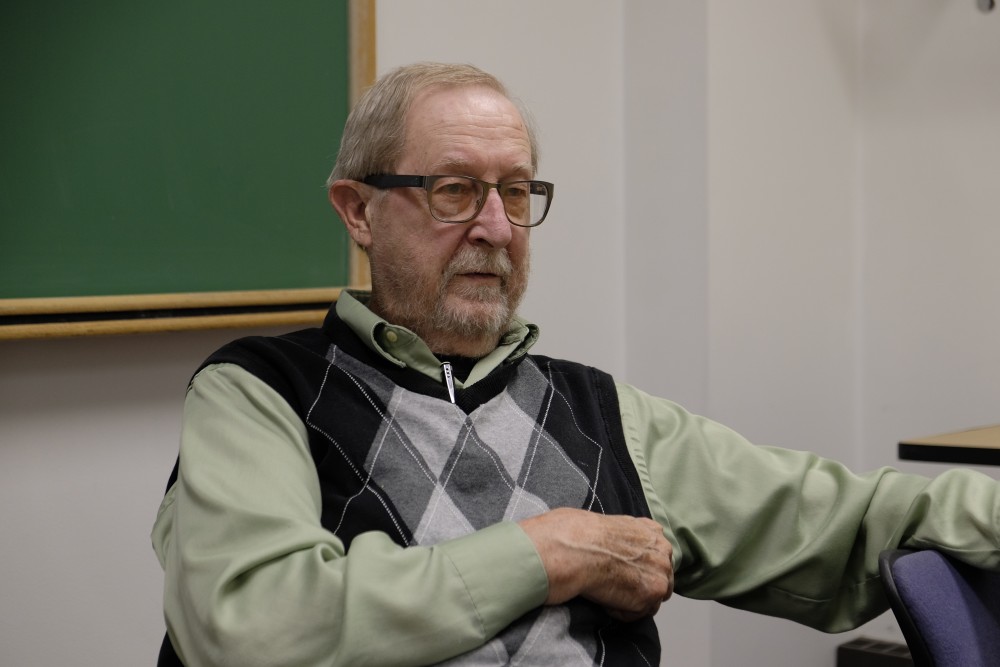Lutheran scholar, archaeologist Edgar M. Krentz dies at 93

New Testament scholar and archaeologist Edgar M. Krentz died on October 31. He was 93.
Krentz was perhaps best known for his 1975 book The Historical-Critical Method, which provided an introduction to and survey of historical criticism as a means of biblical interpretation. He was also a longtime professor at the Lutheran School of Theology at Chicago, teaching his last class in 2018 despite retiring 20 years earlier.
Krentz’s interest in the historical-critical method began in 1963.





